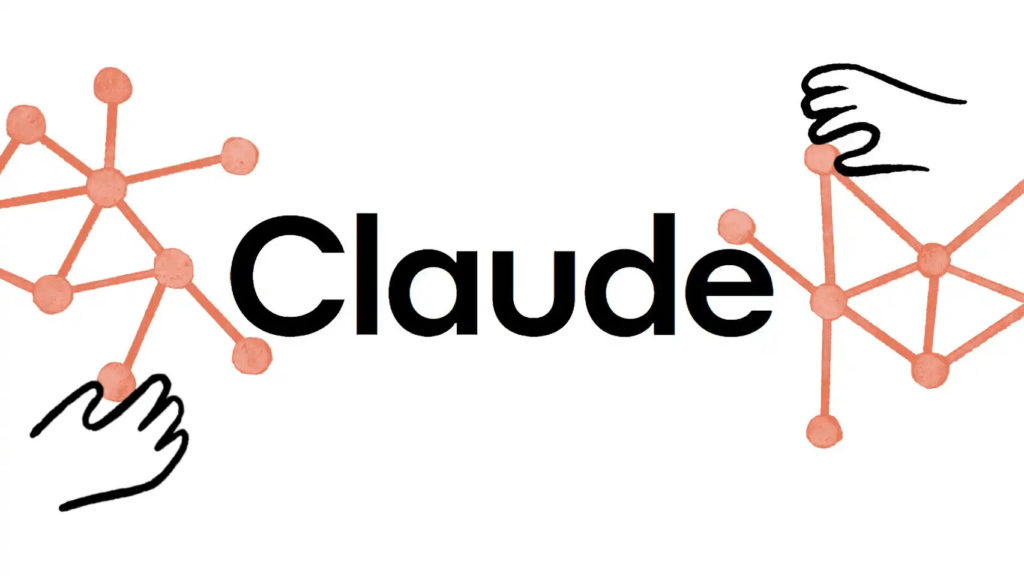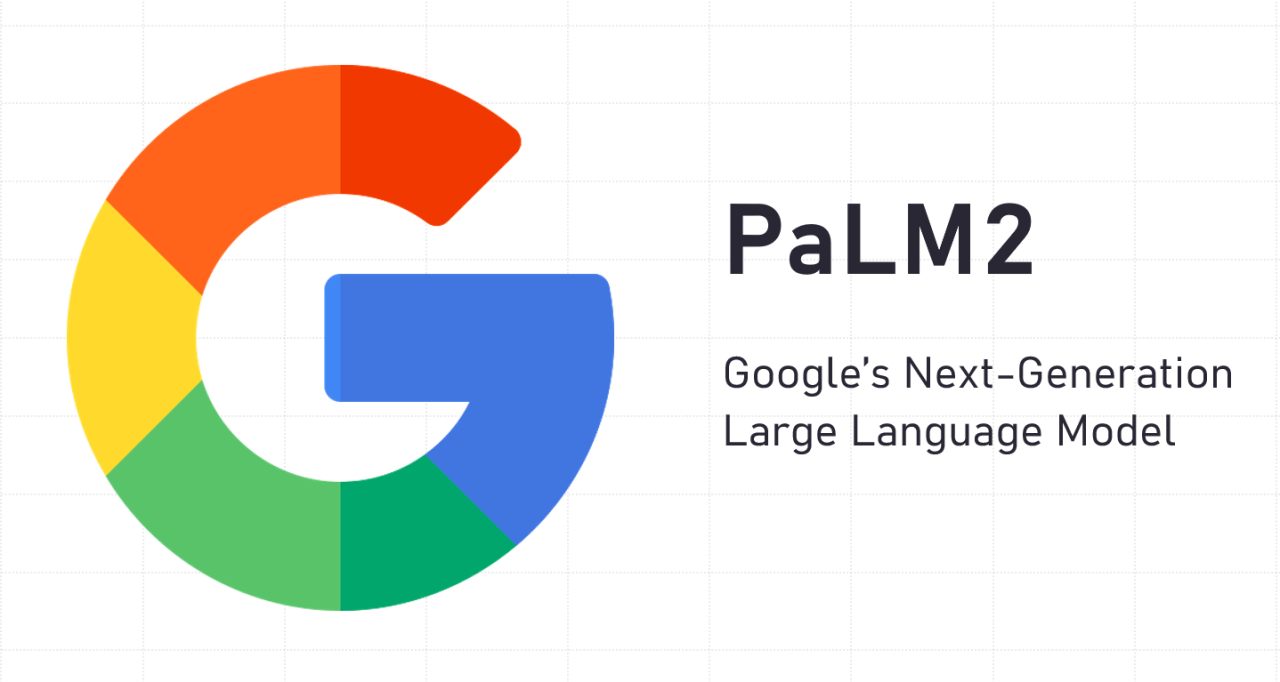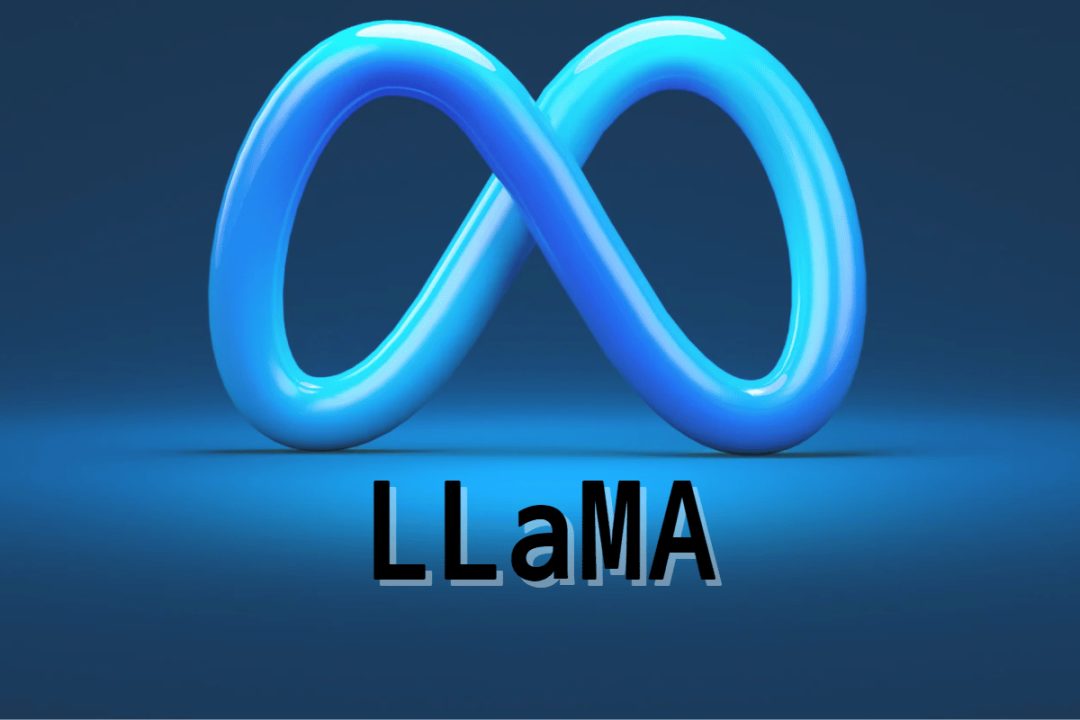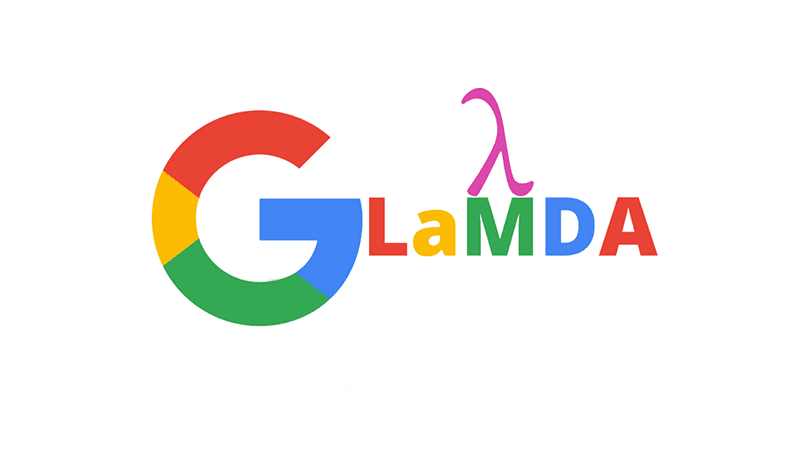The buzz surrounding large language models is wreaking havoc and for all the good reason! The game-changing technological marvels have got everyone talking and have to be topping the charts in 2023.
Here is an LLM guide for beginners to understand the basics of large language models, their benefits, and a list of best LLM models you can choose from.
What are Large Language Models?
A large language model (LLM) is a machine learning model capable of performing various natural language processing (NLP) tasks, including text generation, text classification, question answering in conversational settings, and language translation.
The term “large” in this context refers to the model’s extensive set of parameters, which are the values it can autonomously adjust during the learning process. Some highly successful LLMs possess hundreds of billions of these parameters.
LLMs undergo training with vast amounts of data and utilize self-supervised learning to predict the next token in a sentence based on its context. They can be used to perform a variety of tasks, including:
- Natural language understanding: LLMs can understand the meaning of text and code, and can answer questions about it.
- Natural language generation: LLMs can generate text that is similar to human-written text.
- Translation: LLMs can translate text from one language to another.
- Summarization: LLMs can summarize text into a shorter, more concise version.
- Question answering: LLMs can answer questions about text.
- Code generation: LLMs can generate code, such as Python or Java code.

Best LLM Models You Can Choose From
Let’s explore a range of noteworthy large language models that have made waves in the field:
Large language models (LLMs) have revolutionized the field of natural language processing (NLP) by enabling a wide range of applications from text generation to coding assistance. Here are some of the best examples of LLMs:
1. GPT-4

- Developer: OpenAI
- Overview: The latest model in OpenAI’s GPT series, GPT-4, has over 170 trillion parameters. It can process and generate both language and images, analyze data, and produce graphs and charts.
- Applications: Powers Microsoft Bing’s AI chatbot, used for detailed text generation, data analysis, and visual content creation.
Read more about GPT-4 and artificial general intelligence (AGI)
2. BERT (Bidirectional Encoder Representations from Transformers)

- Developer: Google
- Overview: BERT is a transformer-based model that can understand the context and nuances of language. It features 342 million parameters and has been employed in various NLP tasks such as sentiment analysis and question-answering systems.
- Applications: Query understanding in search engines, sentiment analysis, named entity recognition, and more.
3. Gemini

- Developer: Google
- Overview: Gemini is a family of multimodal models that can handle text, images, audio, video, and code. It powers Google’s chatbot (formerly Bard) and other AI features throughout Google’s apps.
- Applications: Text generation, creating presentations, analyzing data, and enhancing user engagement in Google Workspace.
Explore how Gemini is different from GPT-4
4. Claude

- Developer: Anthropic
- Overview: Claude focuses on constitutional AI, ensuring outputs are helpful, harmless, and accurate. The latest iteration, Claude 3.5 Sonnet, understands nuance, humor, and complex instructions better than earlier versions.
- Applications: General-purpose chatbots, customer service, and content generation.
Take a deeper look into Claude 3.5 Sonnet
5. PaLM (Pathways Language Model)

- Developer: Google
- Overview: PaLM is a 540 billion parameter transformer-based model. It is designed to handle reasoning tasks, such as coding, math, classification, and question answering.
- Applications: AI chatbot Bard, secure eCommerce websites, personalized user experiences, and creative content generation.
6. Falcon

- Developer: Technology Innovation Institute
- Overview: Falcon is an open-source autoregressive model trained on a high-quality dataset. It has a more advanced architecture that processes data more efficiently.
- Applications: Multilingual websites, business communication, and sentiment analysis.
7. LLaMA (Large Language Model Meta AI)

- Developer: Meta
- Overview: LLaMA is open-source and comes in various sizes, with the largest version having 65 billion parameters. It was trained on diverse public data sources.
- Applications: Query resolution, natural language comprehension, and reading comprehension in educational platforms.
All you need to know about the comparison between PaLM 2 and LLaMA 2
8. Cohere

- Developer: Cohere
- Overview: Cohere offers high accuracy and robustness, with models that can be fine-tuned for specific company use cases. It is not restricted to a single cloud provider, offering greater flexibility.
- Applications: Enterprise search engines, sentiment analysis, content generation, and contextual search.
9. LaMDA (Language Model for Dialogue Applications)

- Developer: Google DeepMind
- Overview: LaMDA can engage in conversation on any topic, providing coherent and in-context responses.
- Applications: Conversational AI, customer service chatbots, and interactive dialogue systems.
These LLMs illustrate the versatility and power of modern AI models, enabling a wide range of applications that enhance user interactions, automate tasks, and provide valuable insights.
As we assess these models’ performance and capabilities, it’s crucial to acknowledge their specificity for particular NLP tasks. The choice of the optimal model depends on the task at hand.
Large language models exhibit impressive proficiency across various NLP domains and hold immense potential for transforming customer engagement, operational efficiency, and beyond.
What are the Benefits of LLMs?
LLMs have a number of benefits over traditional AI methods. They are able to understand the meaning of text and code in a much more sophisticated way. This allows them to perform tasks that would be difficult or impossible for traditional AI methods.
LLMs are also able to generate text that is very similar to human-written text. This makes them ideal for applications such as chatbots and translation tools. The key benefits of LLMs can be listed as follows:
Large language models (LLMs) offer numerous benefits across various applications, significantly enhancing operational efficiency, content generation, data analysis, and more. Here are some of the key benefits of LLMs:
- Operational Efficiency:
- LLMs streamline many business tasks, such as customer service, market research, document summarization, and content creation, allowing organizations to operate more efficiently and focus on strategic initiatives.
- Content Generation:
- They are adept at generating high-quality content, including email copy, social media posts, sales pages, product descriptions, blog posts, articles, and more. This capability helps businesses maintain a consistent content pipeline with reduced manual effort.
- Intelligent Automation:
- LLMs enable smarter applications through intelligent automation. For example, they can be used to create AI chatbots that generate human-like responses, enhancing user interactions and providing immediate customer support.
- Enhanced Scalability:
- LLMs can scale content generation and data analysis tasks, making it easier for businesses to handle large volumes of data and content without proportionally increasing workforce size.
- Customization and Fine-Tunability:
- These models can be fine-tuned with specific company- or industry-related data, enabling them to perform specialized tasks and provide more accurate and relevant outputs.
- Data Analysis and Insights:
- LLMs can analyze large datasets to extract meaningful insights, summarize documents, and even generate reports. This capability is invaluable for decision-making processes and strategic planning.
- Multimodal Capabilities:
- Some advanced LLMs, such as Gemini, can handle multiple modalities, including text, images, audio, and video, broadening the scope of applications and making them suitable for diverse tasks.
- Language Translation:
- LLMs facilitate multilingual communication by providing high-quality translations, thus helping businesses reach a global audience and operate in multiple languages.
- Improved User Engagement:
- By generating human-like text and understanding context, LLMs enhance user engagement on websites, in applications, and through chatbots, leading to better customer experiences and satisfaction.
- Security and Privacy:
- Some LLMs, like PaLM, are designed with privacy and data security in mind, making them ideal for sensitive projects and ensuring that data is protected from unauthorized access.
Overall, LLMs provide a powerful foundation for a wide range of applications, enabling businesses to automate time-consuming tasks, generate content at scale, analyze data efficiently, and enhance user interactions.
Applications for Large Language Models
1. Streamlining Language Generation in IT
Discover how generative AI can elevate IT teams by optimizing processes and delivering innovative solutions. Witness its potential in:
- Recommending and creating knowledge articles and forms
- Updating and editing knowledge repositories
- Real-time translation of knowledge articles, forms, and employee communications
- Crafting product documentation effortlessly
2. Boosting Efficiency with Language Summarization
Explore how generative AI can revolutionize IT support teams, automating tasks and expediting solutions. Experience its benefits in:
- Extracting topics, symptoms, and sentiments from IT tickets
- Clustering IT tickets based on relevant topics
- Generating narratives from analytics
- Summarizing IT ticket solutions and lengthy threads
- Condensing phone support transcripts and highlighting critical solutions
3. Unleashing Code and Data Generation Potential
Witness the transformative power of generative AI in IT infrastructure and chatbot development, saving time by automating laborious tasks such as:
- Suggesting conversation flows and follow-up patterns
- Generating training data for conversational AI systems
- Testing knowledge articles and forms for relevance
- Assisting in code generation for repetitive snippets from online sources
Here’s a detailed guide to the technical aspects of LLMs
Future Possibilities of LLMs
The future possibilities of LLMs are very exciting. They have the potential to revolutionize the way we interact with computers. They could be used to create new types of applications, such as chatbots that can understand and respond to natural language, or translation tools that can translate text with near-human accuracy.
LLMs could also be used to improve our understanding of the world. They could be used to analyze large datasets of text and code and to identify patterns and trends that would be difficult or impossible to identify with traditional methods.
Wrapping up
LLMs represent a highly potent and promising technology that presents numerous possibilities for various applications. While still in the development phase, these models have the capacity to fundamentally transform our interactions with computers.
Data Science Dojo specializes in delivering a diverse array of services aimed at enabling organizations to harness the capabilities of Large Language Models. Leveraging our extensive expertise and experience, we provide customized solutions that perfectly align with your specific needs and goals.





